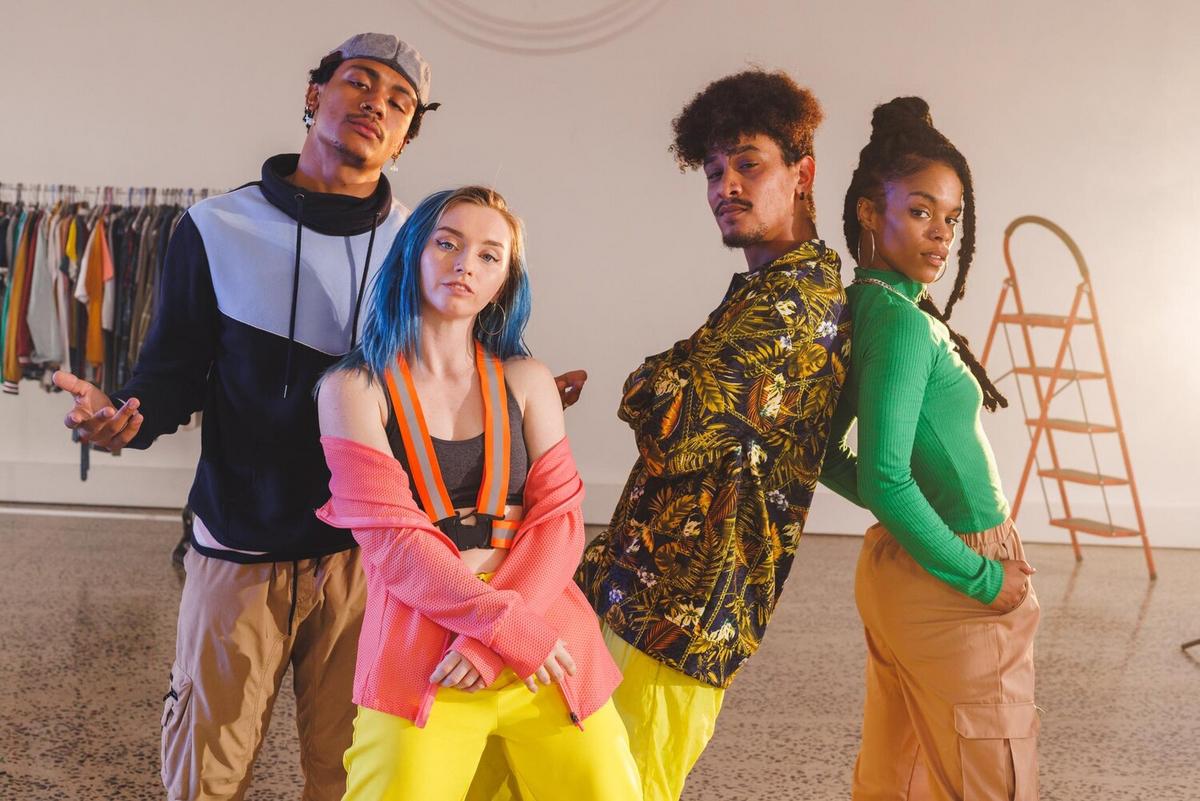
Fashion Collaborations: When Influencers Meet Designers
Fashion collaborations between influencers and designers are reshaping the industry, creating dynamic partnerships that blend creativity with reach. With influencers commanding vast audiences and designers seeking innovative ways to showcase their collections, these collaborations are becoming pivotal in setting new trends and reaching diverse markets.
The fusion of influencer marketing and fashion design has become a powerful trendsetter in today’s industry. Influencers bring their massive online followings, while designers contribute artistic vision and craftsmanship. This synergy not only elevates brand visibility but also offers consumers fresh and diverse fashion options.
The Impact of Fashion Collaborations
Collaborations between influencers and designers have been gaining traction, with notable partnerships influencing consumer behavior and sales. According to a 2022 report by Business of Fashion, fashion collaborations can boost brand engagement by up to 30%. Influencers like Chiara Ferragni have successfully launched their fashion lines, proving that their influence extends beyond social media posts.
Expert Insights
Fashion consultant Lauren Goodman notes, “Collaborations are a win-win for both parties. Designers gain access to new audiences, while influencers can diversify their brand beyond digital content.” This mutual benefit fosters innovation and allows brands to reach younger, more tech-savvy consumers.
Successful Collaboration Examples
Consider the partnership between influencer Aimee Song and a well-known designer label, which resulted in a sold-out collection within days of its release. This collaboration was a testament to the influencer’s strong personal brand and the designer’s expertise in creating pieces that resonate with millennials and Gen Z.
How to Create a Successful Collaboration
- Establish Clear Goals: Define what both parties aim to achieve from the partnership.
- Choose the Right Influencer: Ensure the influencer’s audience aligns with the brand’s target market.
- Focus on Authenticity: Collaborations should feel genuine and reflect both the influencer’s and designer’s styles.
- Engage with the Audience: Utilize social media platforms to engage directly with fans and followers.
Pro Tip: Utilize behind-the-scenes content to engage audiences and give them a glimpse into the collaboration process. This enhances transparency and builds anticipation for the upcoming collection.
Collaborations: A Comparative Perspective
The table below compares key aspects of traditional fashion design and influencer collaborations:
| Aspect | Traditional Design | Influencer Collaboration |
|---|---|---|
| Target Audience | Fashion Enthusiasts | Influencer’s Followers |
| Marketing Strategy | Runway Shows | Social Media Campaigns |
| Product Launch Speed | Seasonal | Real-time |
| Design Influence | Designer-Centric | Collaborative |
| Consumer Engagement | Moderate | High |
| Feedback Loop | Slow | Immediate |
| Market Impact | Limited | Broad |
| Innovation | Traditional | Experimental |
Frequently Asked Questions
Why are influencer collaborations so effective?
They leverage the influencer’s established audience and credibility, allowing brands to reach new demographics and drive sales.
How do brands choose the right influencers for collaborations?
Brands typically look for influencers whose audiences match their target market and who have a genuine interest in the brand’s products.
Conclusion
Fashion collaborations between influencers and designers are more than just a trend; they are a fundamental shift in how fashion is marketed and consumed. By blending the reach of influencers with the creative prowess of designers, these partnerships offer exciting opportunities for innovation and growth. As the landscape continues to evolve, staying informed and adaptable will be key for those looking to thrive in this dynamic industry.

